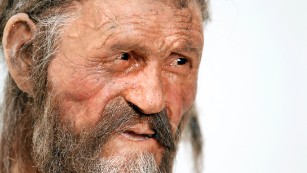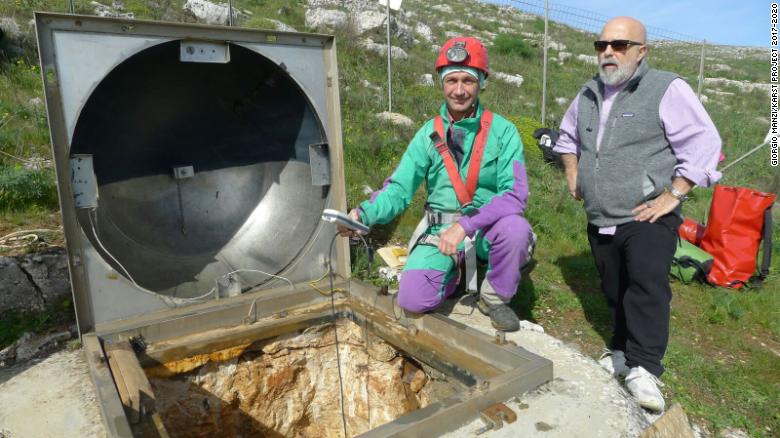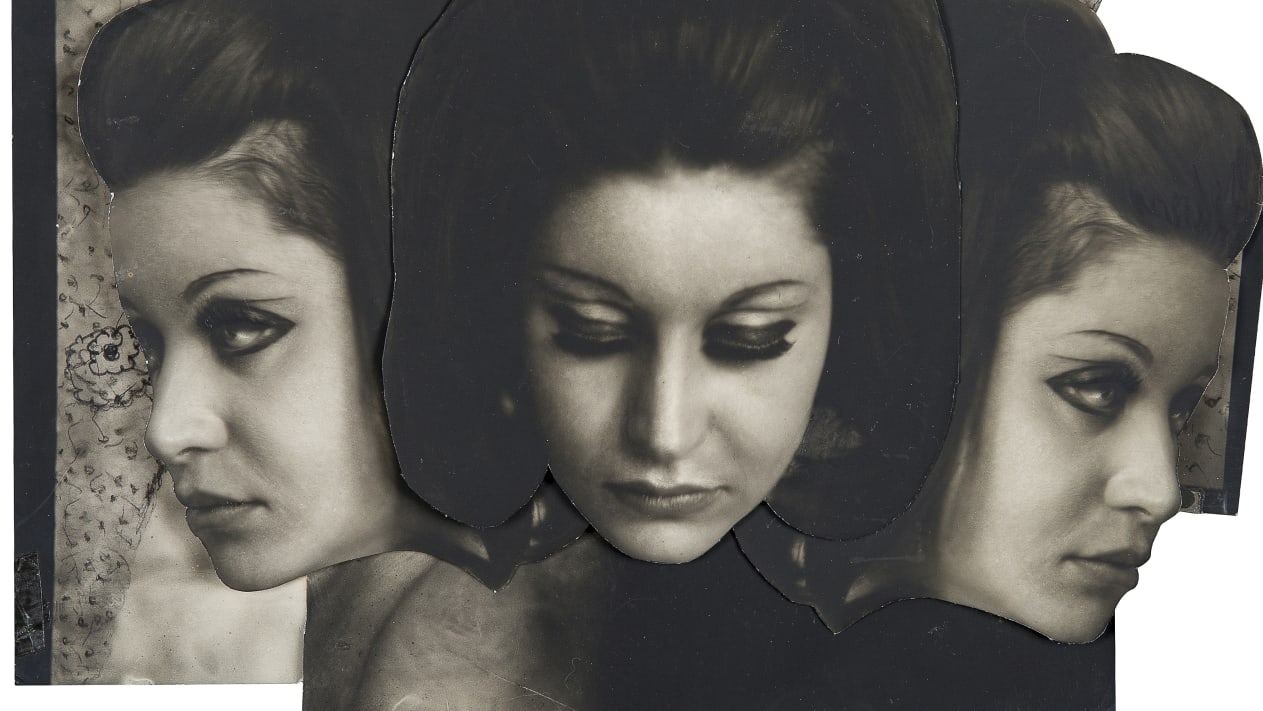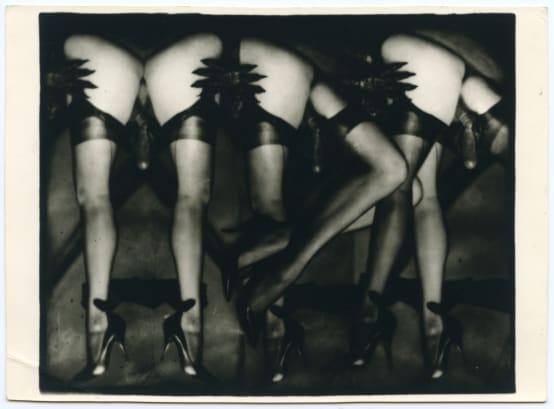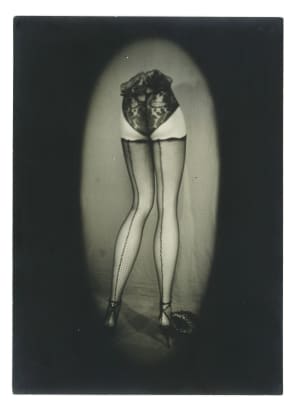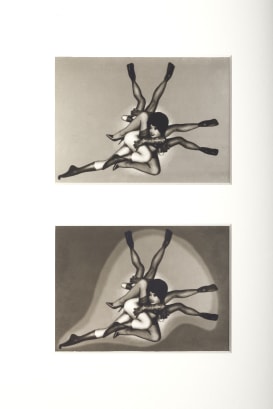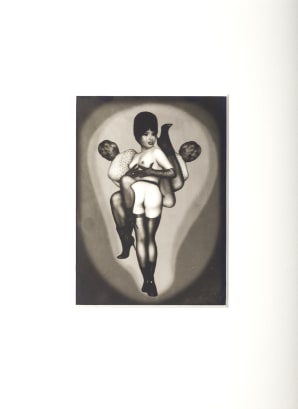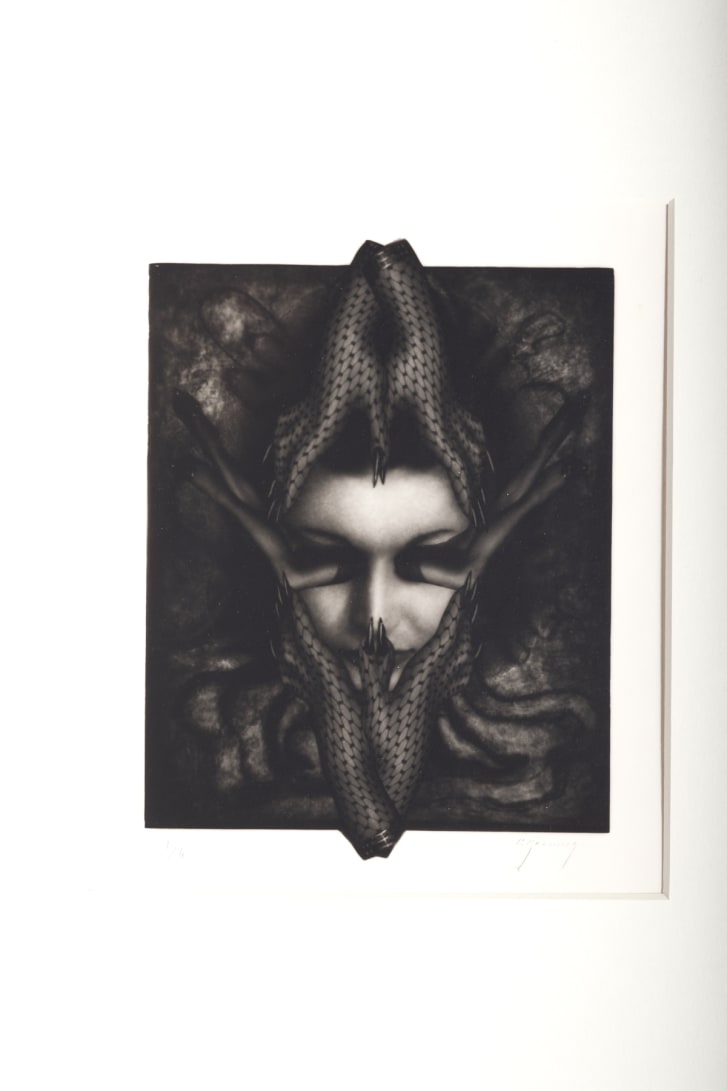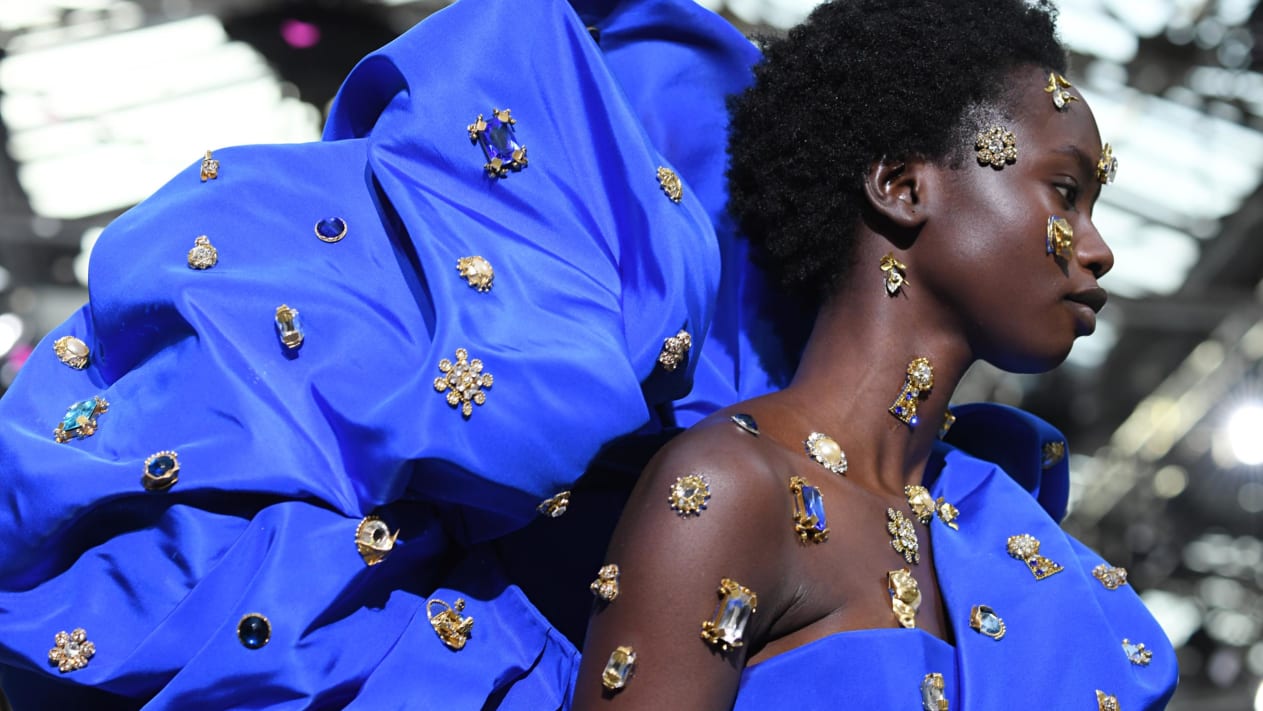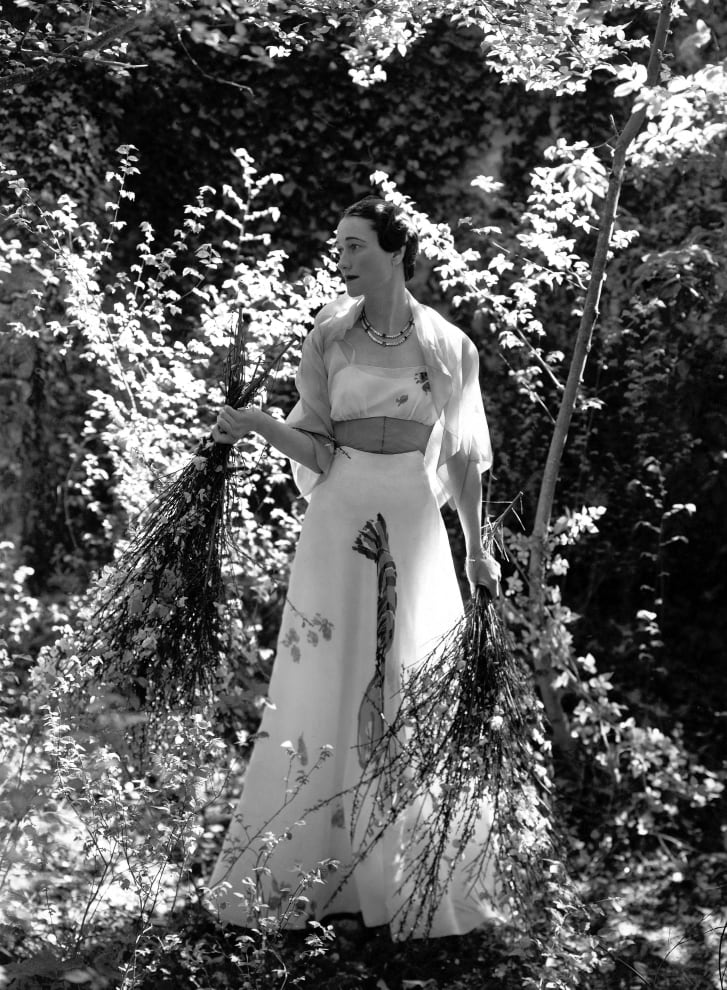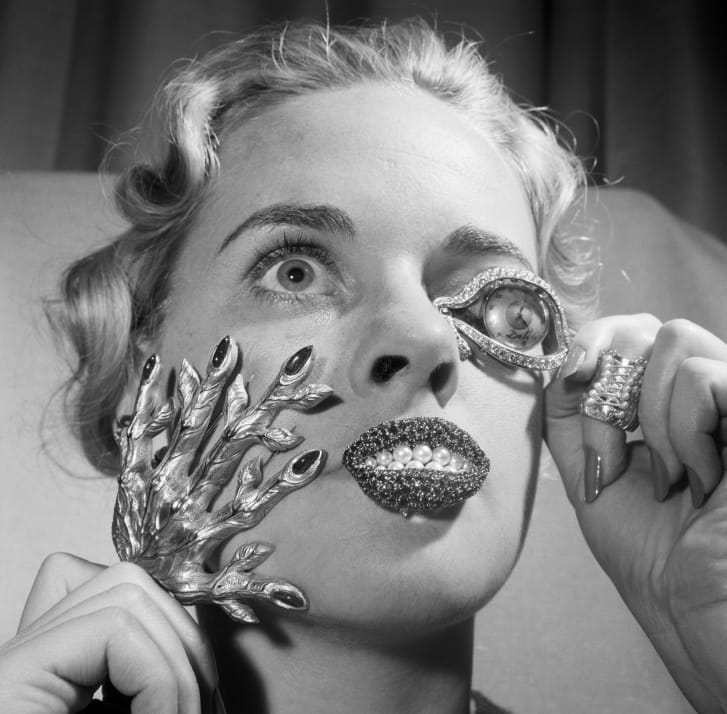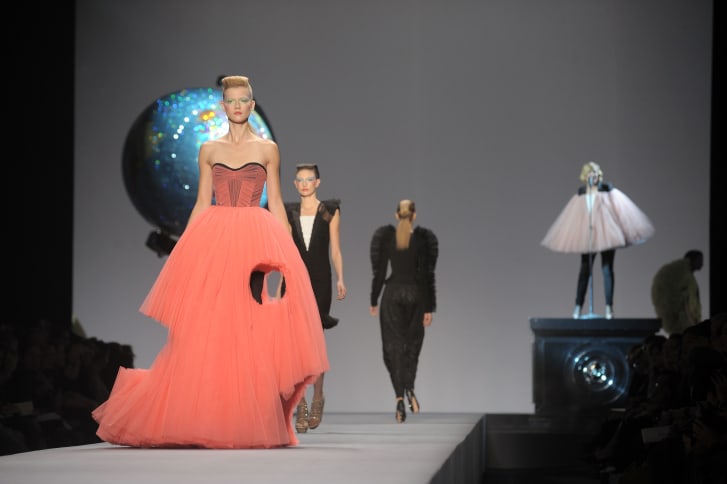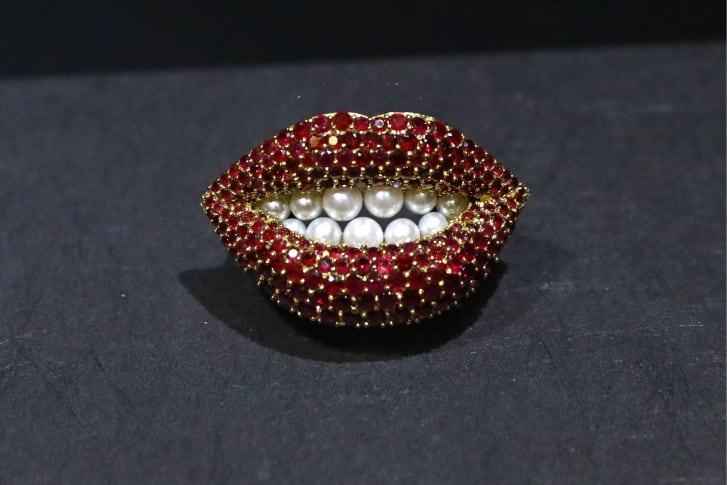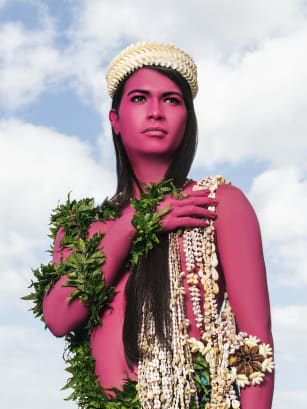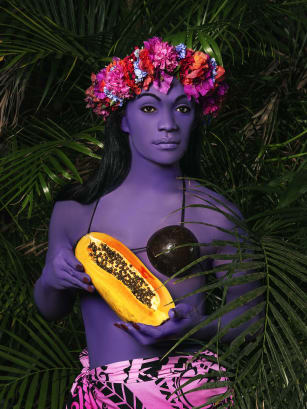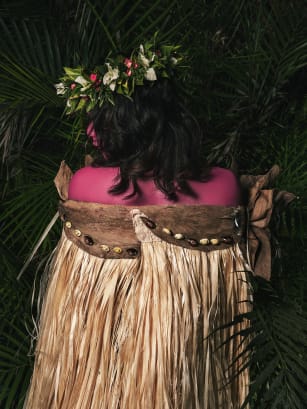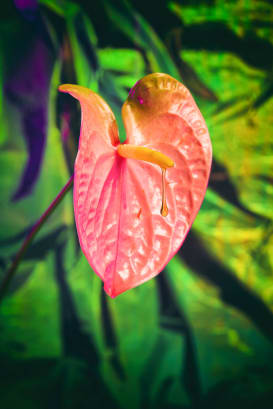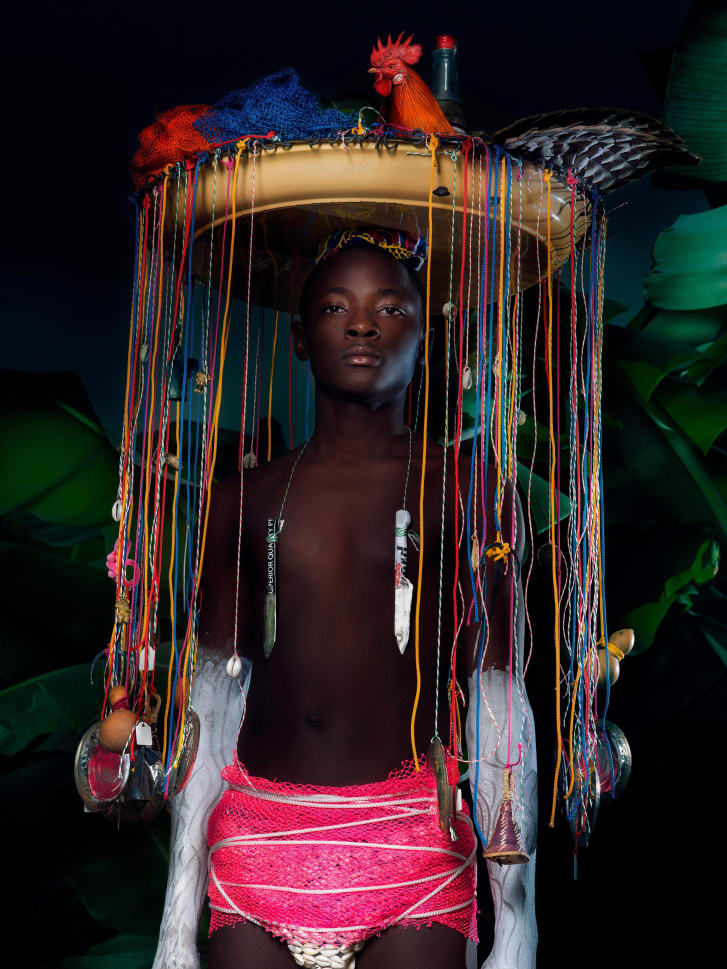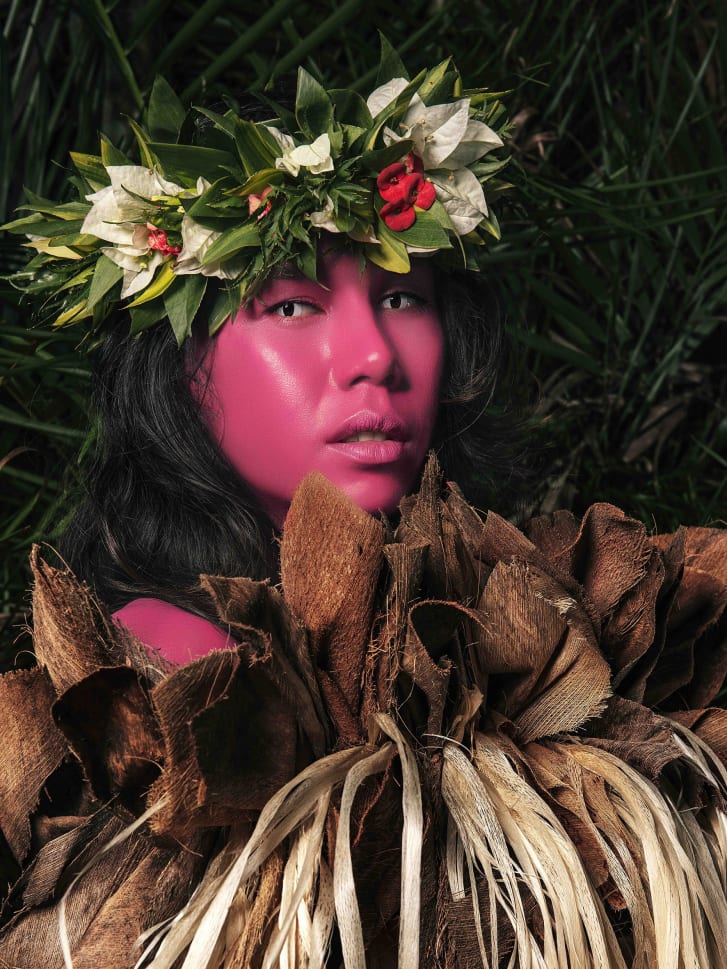A patient's face got burned by metal in a face mask that he wore during a 3 Tesla MRI scan of the neck, and the burn resembled the shape of the mask.
By Snow Digon December 8, 2020
Face masks may have become a part of the new normal, but one must take precautions with regards to the materials that are used on the mask, especially when one is bound to undergo magnetic resonance imaging (MRI). The U.S. Food and Drug Administration (FDA) on Wednesday said that metal parts or coatings on masks can lead to facial burns during an MRI.
The FDA received a report that a patient's face got burned by metal in a face mask that he wore during an MRI. It occurred during a 3 Tesla MRI scan of the neck. As per the report of the incident, the burns were described as consistent with the face mask's shape.
During MRI, these metal parts on a mask can heat up and could cause a burn on the face. Some metal parts on masks that the FDA is warning about would include those that have bendable nose clips or wires, ultrafine particles, staples on the headband, and even antimicrobial coating, which could contain metal like silver or copper.
The agency, in a news release, stated that considering the increased use of face masks amid the pandemic, patients and healthcare providers need to be aware of the possible risk of a face burn relative to the use of face masks that have metal parts on them.
The FDA reiterated that patients do not normally know whether their face masks have metal or not. What they can do is to ask the staff that would be performing the MRI to confirm whether the mask does not have any form of metal. If this cannot be confirmed, then an alternative face mask that is known to be free of metal would have to be used.
The agency also mentioned that suffering from burns during an MRI because of metal objects worn by patients has been a known issue. It reiterated the importance of screening the patient for any metallic object before an MRI exam.
The agency also advised that if a patient would experience an adverse effect like a burn during an MRI, patients or the staff are encouraged to report it immediately to the FDA.
Face mask with metal can cause burns during MRI. Photo: Pixabay
It also highlighted that MRI would use strong magnets and radiofrequency energy in order to create a picture of the inside of the body. This plays a very important role in the medical field as it helps health care providers in diagnosing an injury or a disease, as well as monitor medical treatment.
It also highlighted that MRI would use strong magnets and radiofrequency energy in order to create a picture of the inside of the body. This plays a very important role in the medical field as it helps health care providers in diagnosing an injury or a disease, as well as monitor medical treatment.
Scarves should not be used in place of face masks, health officials warn
If cloth masks are to be used, they must be non-valved multilayer cloth masks, in order to prevent the transmission of coronavirus.
By Snow Digon December 9, 2020 07:33 GMT
Scarves could bring a lot of comfort this winter. An added bonus to wearing them is not losing one's fashion sense despite the blues of the pandemic. However, experts gave a word of caution to those who are planning to make scarves a substitute for face masks.
Health officials told Fox News that replacing face masks with scarves will not do well in preventing the coronavirus from spreading. Experts explained that a snug fit on the face plays a very important role in preventing the spread of the virus.
Christopher Sulmonte, Johns Hopkins Medicine Bio-Containment Unit project administrator, emailed Fox News and said that a winter scarf is not a replacement for face masks.
It is not just Sulmonte who reiterated the need for face masks even with scarves on. The Centers for Disease Control and Prevention (CDC) has already issued guidance on wearing face masks on its website. It stated that if cloth masks are to be used, they must be non-valved multilayer cloth masks in order to prevent the transmission of the coronavirus.
The CDC also said that in human experiments, they have achieved at the very least an 80 percent blockage of respiratory droplets using cloth masks. In fact, it highlighted that cloth masks perform at par with surgical masks in providing a barrier that would control the spread of droplets from a source, which in this case, would be the person wearing the mask.
Sulmonte explained that a good mask must meet three criteria, which would be fit, function, and frequency. The amount of coverage that a mask has on the face would refer to fit, while the material of the mask would refer to the function. The third one, which is the frequency, would refer to the duration that a mask is worn.
Scarves could bring a lot of comfort this winter. An added bonus to wearing them is not losing one's fashion sense despite the blues of the pandemic. However, experts gave a word of caution to those who are planning to make scarves a substitute for face masks.
Health officials told Fox News that replacing face masks with scarves will not do well in preventing the coronavirus from spreading. Experts explained that a snug fit on the face plays a very important role in preventing the spread of the virus.
Christopher Sulmonte, Johns Hopkins Medicine Bio-Containment Unit project administrator, emailed Fox News and said that a winter scarf is not a replacement for face masks.
It is not just Sulmonte who reiterated the need for face masks even with scarves on. The Centers for Disease Control and Prevention (CDC) has already issued guidance on wearing face masks on its website. It stated that if cloth masks are to be used, they must be non-valved multilayer cloth masks in order to prevent the transmission of the coronavirus.
The CDC also said that in human experiments, they have achieved at the very least an 80 percent blockage of respiratory droplets using cloth masks. In fact, it highlighted that cloth masks perform at par with surgical masks in providing a barrier that would control the spread of droplets from a source, which in this case, would be the person wearing the mask.
Sulmonte explained that a good mask must meet three criteria, which would be fit, function, and frequency. The amount of coverage that a mask has on the face would refer to fit, while the material of the mask would refer to the function. The third one, which is the frequency, would refer to the duration that a mask is worn.
Health experts warn that scarves are not substitutes for face masks.
Photo: Pixabay
Dr Joseph Khabbaza, one of Cleveland Clinic's critical care specialist, said that in terms of inefficacy, scarves can be considered at par with neck gaiters. He explained that thin masks, which have a single layer just like neck gaiters, could lead to the production of smaller droplets. When a large droplet passes through the thin layer, it can lead to smaller droplets and higher chances of transmission.
Dr Joseph Khabbaza, one of Cleveland Clinic's critical care specialist, said that in terms of inefficacy, scarves can be considered at par with neck gaiters. He explained that thin masks, which have a single layer just like neck gaiters, could lead to the production of smaller droplets. When a large droplet passes through the thin layer, it can lead to smaller droplets and higher chances of transmission.










